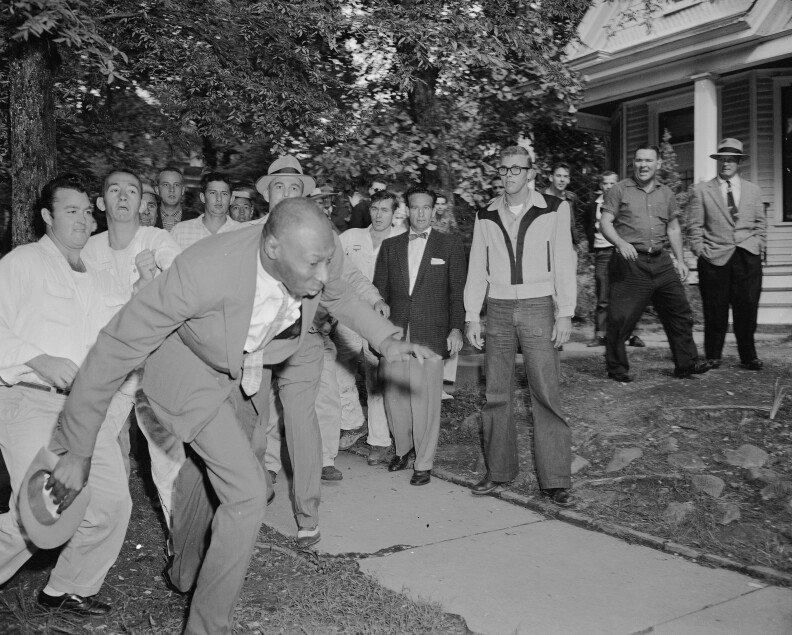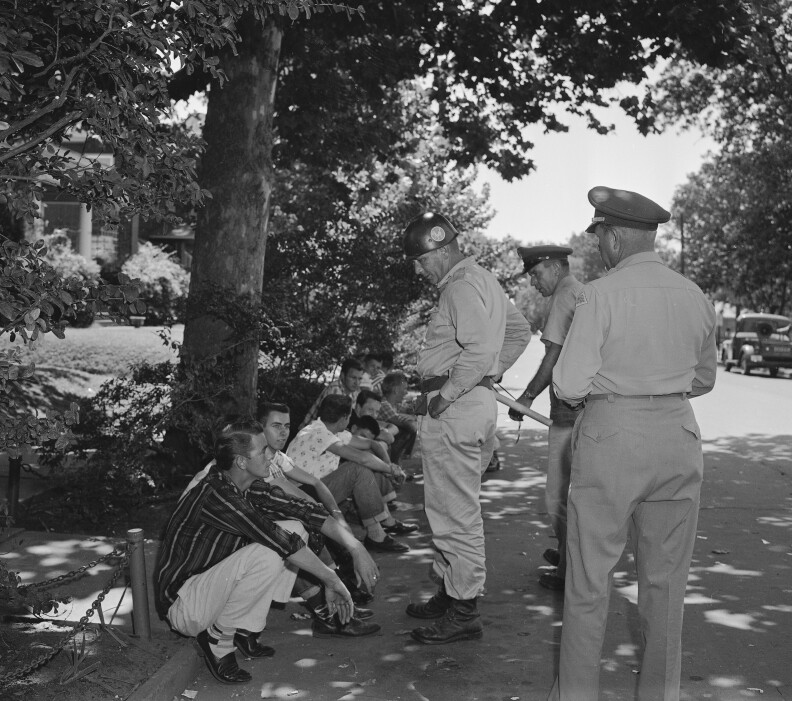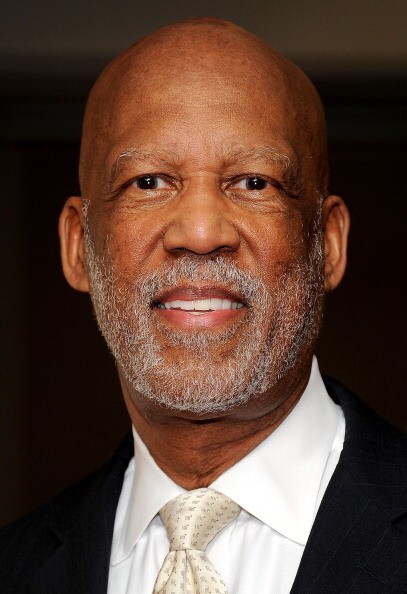It was September of 1957 when Terrence Roberts and eight other African American students made civil rights history and became the first black students to attend an all-white high school in Arkansas. They would become known as the Little Rock Nine.
Advocates of integration had scored a decisive victory three years earlier with the U.S. Supreme Court's historic ruling in Brown versus the Board of Education. The decision represented a significant leap forward but, integrating schools would prove difficult; opposition was strong, and racial tensions were stoked by Arkansas Governor Orval Fabus, who was struggling to gather a voting base large enough to win re-election. To do this, the governor sought support from white segregationists.

Today, Roberts resides in Southern California. He recently shared his story as part of a collaboration with NPR titled, "A Nation Engaged." In this third and final installment, guests are asked what it means to be an American today. This is Terrence Roberts' story.
The Selection Process
The call came for volunteers from the school board who put the plan together. There were only two schools for black kids — one middle school, one high school, so it was an easy thing for them to make visits to both schools and then pose the question, 'How many of you would join us in this experiment to desegregate schools in Little Rock?'
I felt honored, really, because now the law was on my side for the very first time. So I wanted to model for other people what it meant to truly be a law abiding citizen.

Black Identity in 1957
The black person in the mind of the white in this country was one of not so much a person, but some sort of degraded savage. That didn't compute well with how I saw myself. I never accepted the definition that was attempting to be imposed upon me. I always knew that I was a worthwhile individual who had the right to be and had the right to do and to prosper. All of that made sense to me.

Then and Now
Looking back at Little Rock, in terms of what was going on, I compare then with now, and honestly, I don't see much change. The Black Lives Matter movement is one that has generated a lot of opposition. We — The Nine — were part of a Black Lives Matter movement back in 1957. What was our message other than our lives matter? Our right to be educated matters.
I think part of the problem with assessing what's going on now in terms of what happened then is that there is an assumption that we are literally a changed nation; we are not a changed nation. The president is pretty much a person who can set a tone, informing people about possibilities that lie ahead — the real work has to go on with the citizens.

An American Identity
I think my vision of myself today is essentially the same as the vision I had when I first entered this universe: I saw myself as a worthwhile person who had every right to be here. I still have that. The unfortunate thing is I don't know if everybody else has that same point of view.
I was recently commissioned to write an article. The article was to be about civil rights in the United States. As I was writing it, I was up in my study looking down, and I noticed a car drive up to my neighbor's house. A young woman got out, opened the trunk, and took out two 'Trump For President' signs, and I incorporated it in my narrative. It went something like this:
'I think it's important for all of us as American citizens to work together toward building a strong society with opportunities for all. My concern is, does my neighbor share my belief?'

Press the blue play button above to hear the story with audio clips from history.
To hear the full sit-down interview, click the bonus audio link below the play button.
(Answers have been edited for clarity and brevity.)
Series: A Nation Engaged
America is changing. The crosscurrents of demographic and cultural change are upending traditional voting patterns and altering the face of the American political parties in significant ways. As part of our collaborative project with NPR called "A Nation Engaged," this week we're asking: What does it mean to you to be an American?
Read more in this series and let us know your thoughts in the comments section below or on Facebook.





